Latest Publications
-
Working Paper No. 1085
July 17, 2025
Fiscal Deficit and Term Structure of Interest Rate Links on Corporate Investment
-
Working Paper No. 1084
July 09, 2025
MMT: Heuristics versus Paradigm Shift?
-
Working Paper No. 1083
June 26, 2025
Integrating the Social Reproduction of Labor into Macroeconomic Theory: Unpaid Caregiving and Productivity in Paid Production
-
Policy Notes
May 22, 2025
Ratings Agencies Downgrade the Dollar’s Exorbitant Privilege
-
Research Project Report
May 20, 2025
Investing in Early Childhood Education and Care Services in Jordan









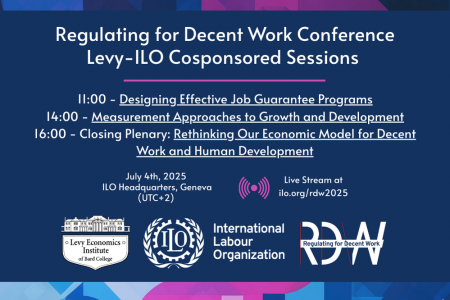
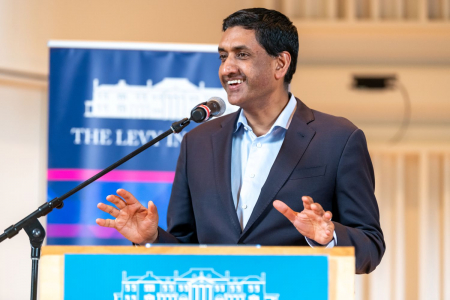
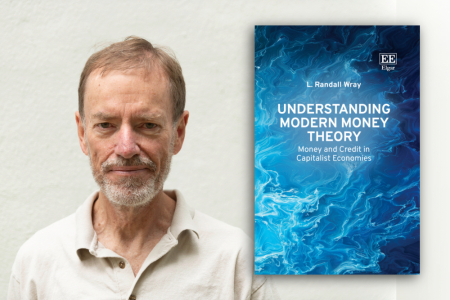
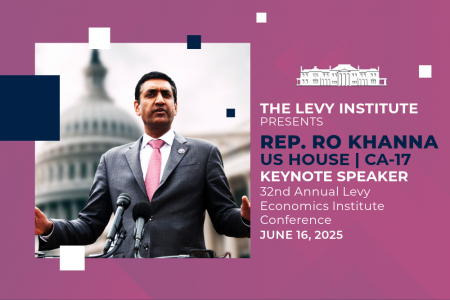

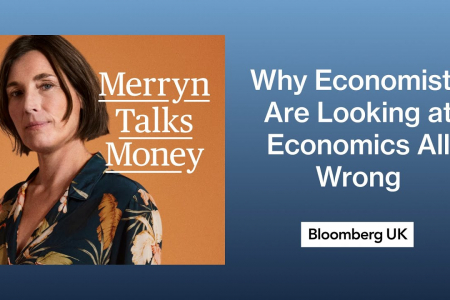
Featured Commentary
Protecting Social Security: The Case Against Privatization
Edward LaneConfronting Financial Fragility, Worker Crisis, and Global Turmoil
Pavlina R. TchernevaWhat Do We Save When We DOGE the Government?
The Incoming Recession: Are Imports the Real Culprit?